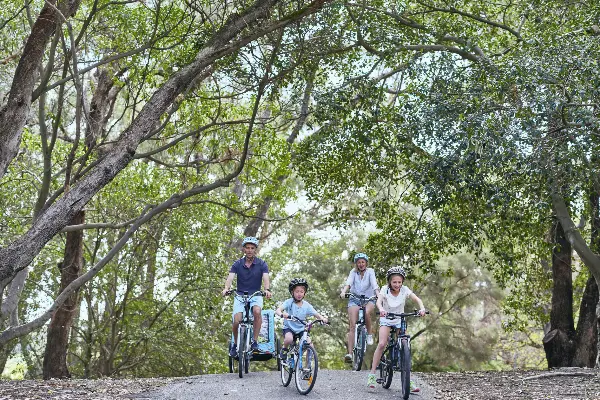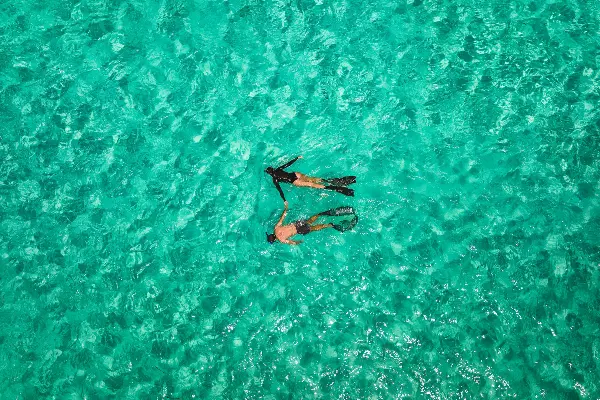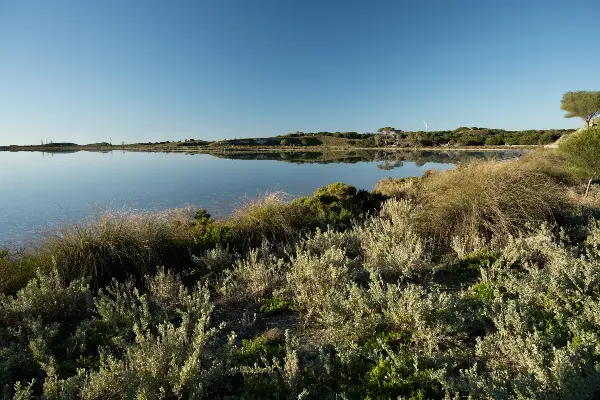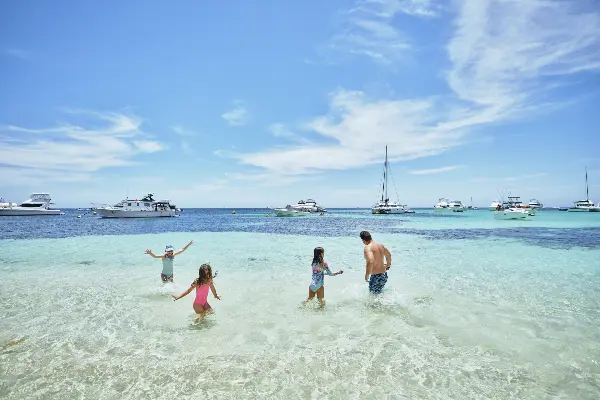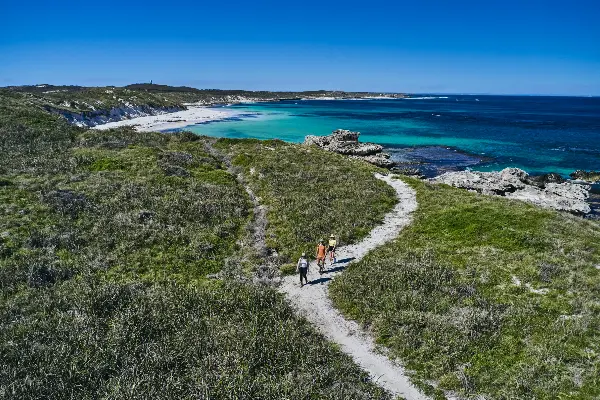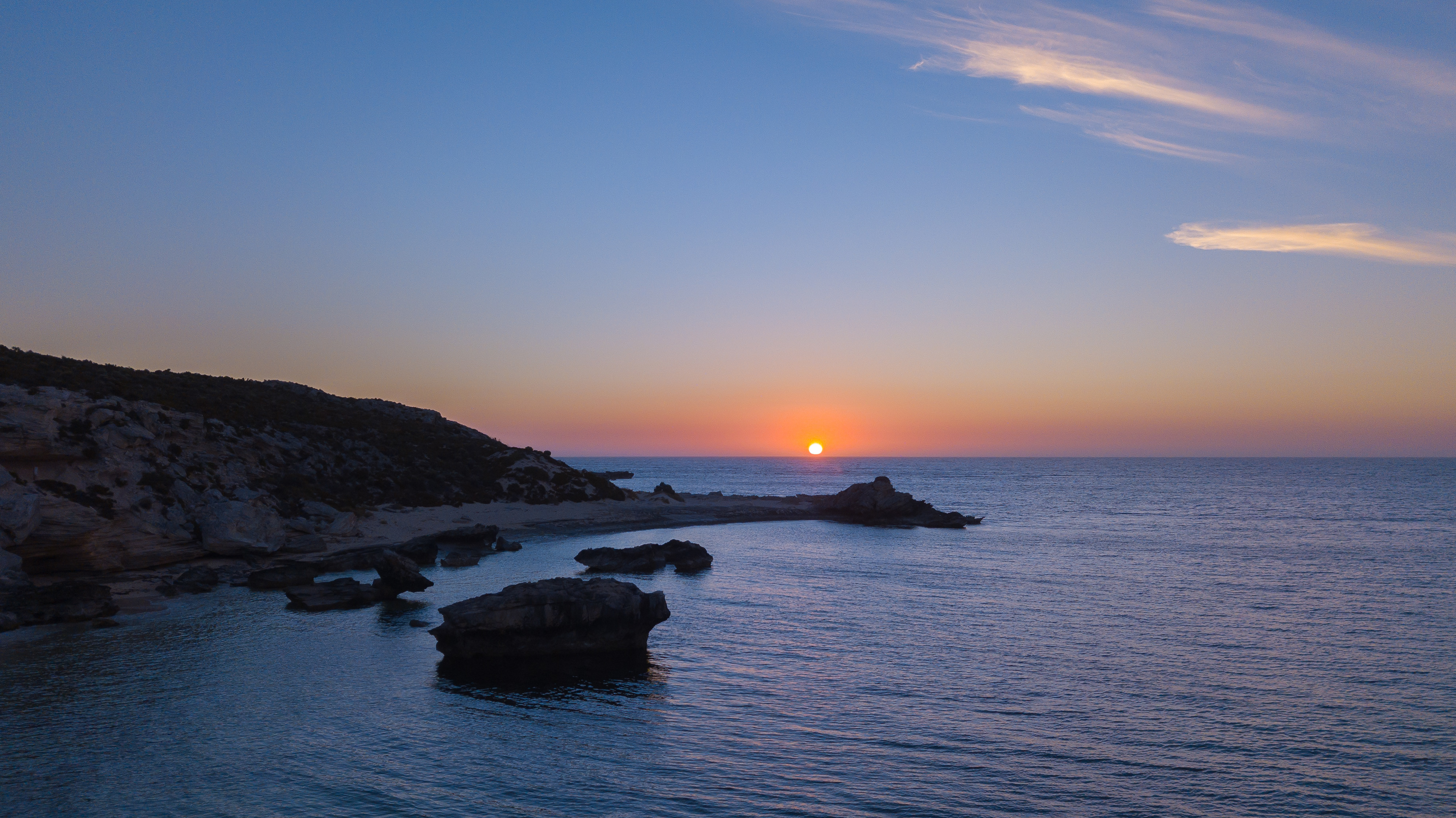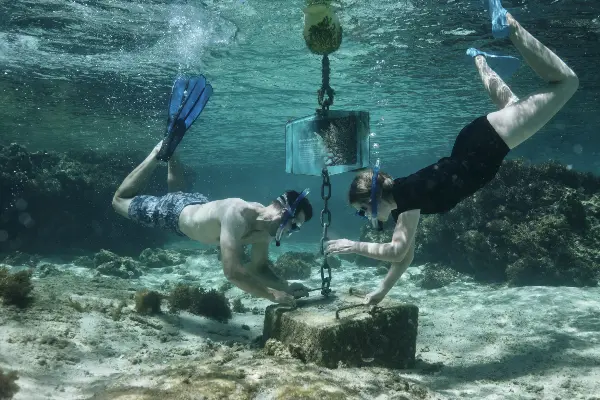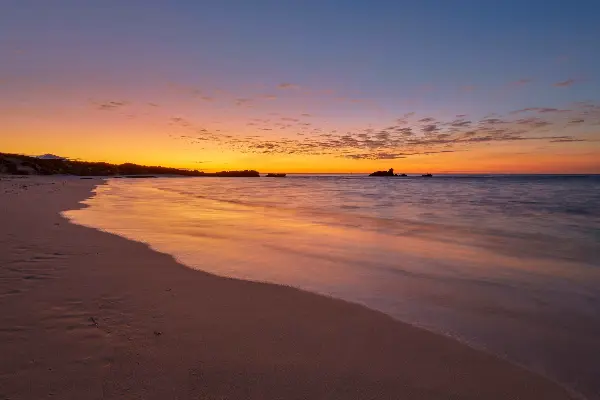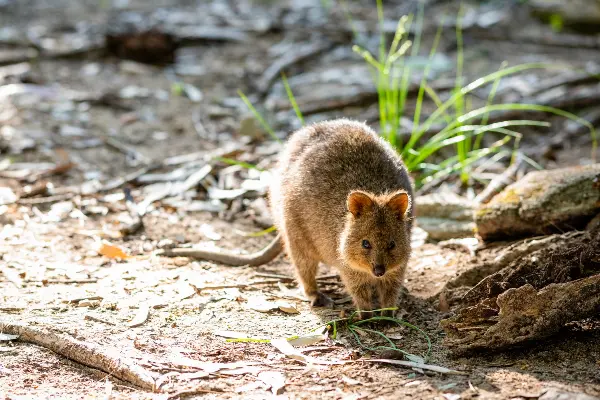With 19 km of Indian Ocean between the mainland and Wadjemup / Rottnest Island, native wildlife has found its sanctuary. This island, a Class A Reserve, is a puzzle of six unique ecosystems, each one home to thriving animal, bird, and sea life. Some play in familiar surroundings, others cross vast distances to breed new life and sustain their own. Some are seen and not heard or heard but unseen. Some sleep, others roam.
Wadjemup wildlife is, by nature, wild. Your experience of their native refuge spots will be unlike anyone else’s. It’s not ours to control - and that’s the beauty of it.
The island’s six wildlife ecosystems
Every corner of Wadjemup is a biodiverse environment, purpose-made by nature for native wildlife. When you venture through each area, it’s as if you have travelled across continents to find yourself surrounded by a whole new landscape.
- Coastal. The limestone landscapes and rare bird species.
- Scrub heath. A bird and reptile respite that carpets the island’s floor.
- Wetlands. Salt lakes, swamps, and freshwater holes draw in amphibians.
- Woodlands. Native trees brush the clouds and welcome rare birds and bats.
- Ocean. A marine ecosystem for tropical fish, dolphins, seals, sea lions, and migrating whales.
- Settlement. A populated centre where the natural and man-made world co-exist. Native wildlife roams freely, gently encouraged back into their homes further afield.
It’s unlike anywhere else in the world. These six diverse environments knit together to create the unique landscape of Wadjemup, where you can see native wildlife in their natural environment.
Ngobar / Coastal
The crisp air and building swell
This process has created the landscape for wedge-tailed shearwaters , cormorants, terns, and the impressive osprey. Along with the familiar king’s skink, these bird species are just as much part of the coastal landscape as the sand dunes.
Ngobar djooraly / Scrub Heath
Amongst dense island covering
If you’re an early riser, you can look out into the scrub on a crisp morning and see white-fronted chat, silvereye, and scrub wren. They all live freely amongst the native bushes — prickle lily and feather speargrass grow undisturbed thanks to the quokka’s natural aversion to the plants.
Learn the Noongar names
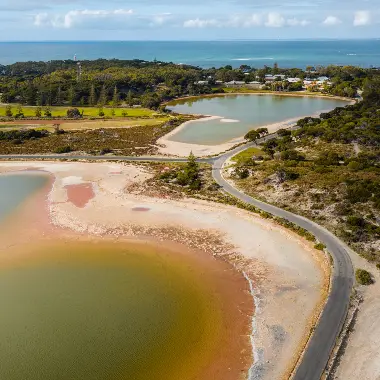
Kabikarning
Salt lake
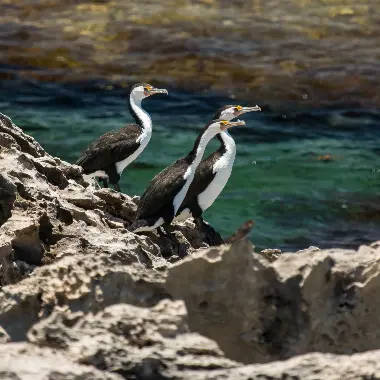
Koordjokit
Cormorant
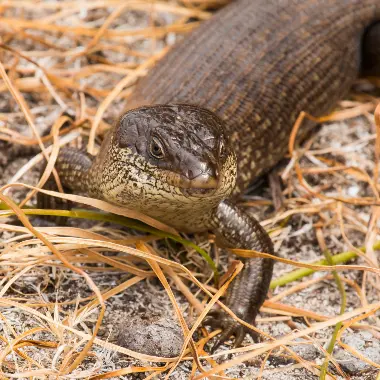
Woondi
King skink
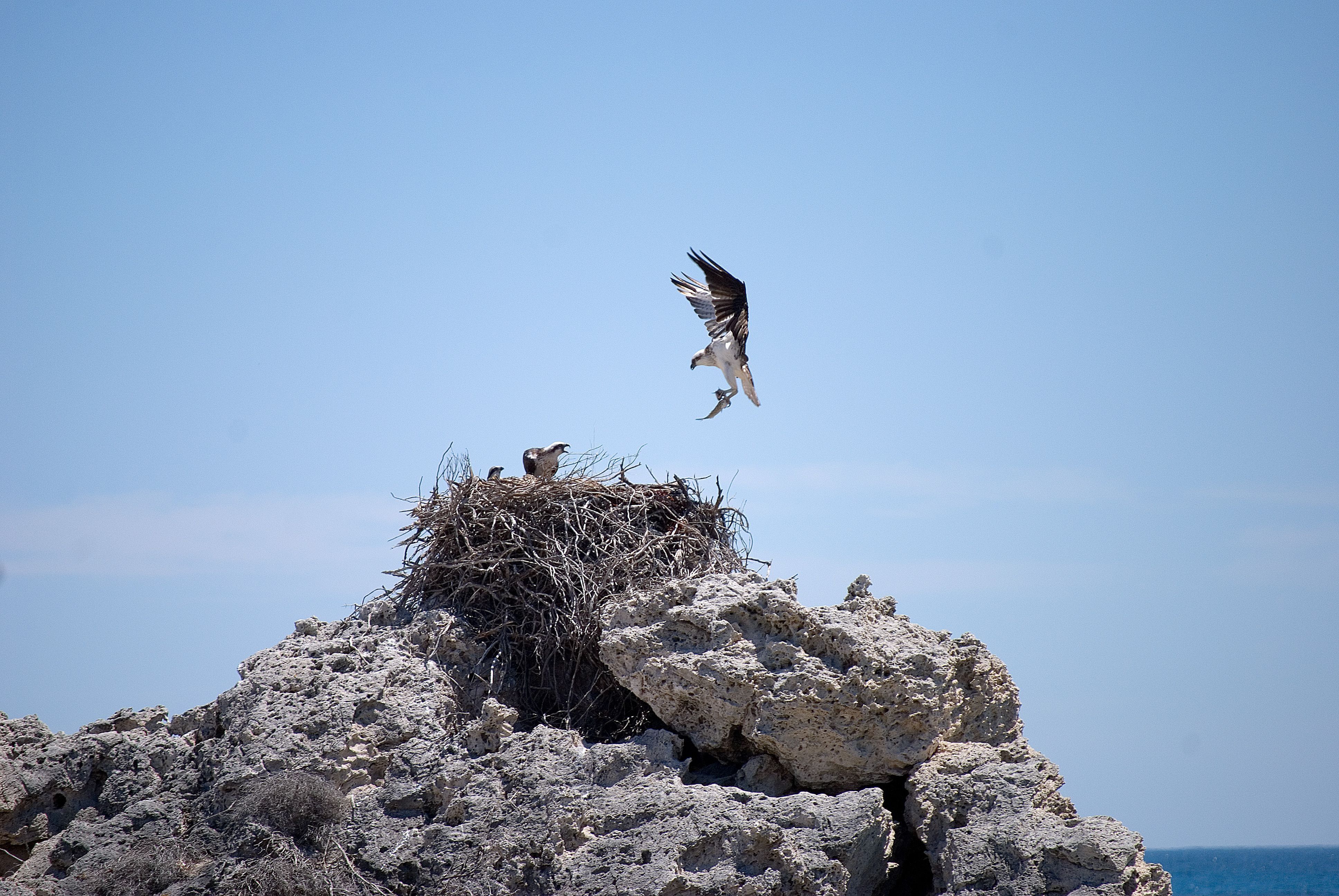
Yoondoordoo
Eastern osprey
Balyan boodja / Wetlands
Refuge in serene spaces
One per cent of the world’s banded stilt population is found in the island’s wetlands. It’s one of the most delightful finds for bird lovers.
Boorn boodja / Woodlands
Tangled in enchanting woods
The rare and exquisite make their home in the unique woodland habitat of the island.
Three types of native trees can be found here, the Rottnest Island pine, the Rottnest Island tea tree, and wattle trees. These trees provide shelter for countless species of bush birds, including the rare and beautiful golden whistler, red-capped robin, silvereye, and the singing honeyeater.
As the heat slowly dissolves on a warm evening, a walk in the woodland will showcase the island’s white-striped free-tailed bat population. These nocturnal creatures create a sense of ethereal beauty in the woodland, quietly foraging above the tree canopy. Their unique echolocation calls reveal their presence to travellers listening from the wooded boundaries.
Maambakoort / Ocean
Marine garden sanctuaries
Towards the end of winter, you may even spot humpback whales migrating through the waters, particularly at West End. You can also see long-nosed fur seals, bottlenose dolphins, and Australian sea lions from the Cathedral Rocks viewing platform.
Learn the Noongar names
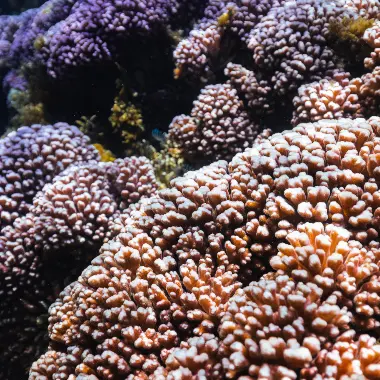
Boya-k maambakoort-koop
Sea coral
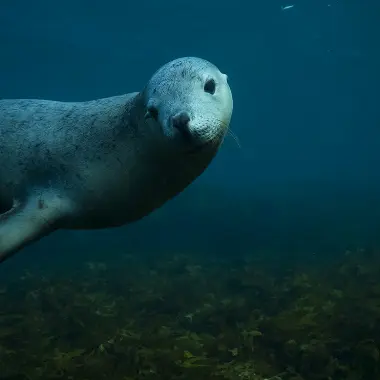
Manyil
Fur seal
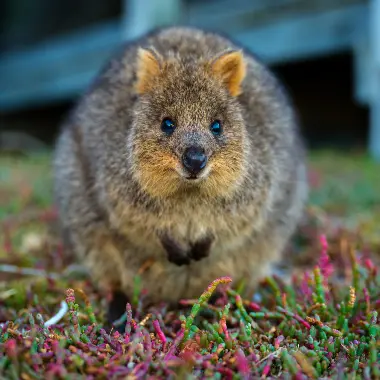
Kwoka
Quokka
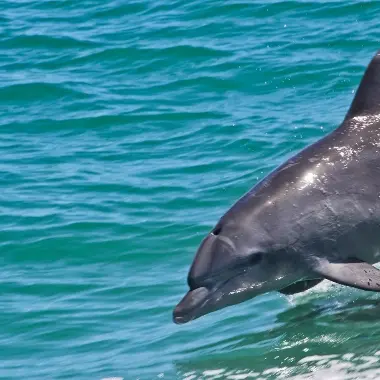
Kwilena
Dolphin
Settlement areas
Wildlife among historic development
Remember, we are here to simply observe the quokkas (and all wildlife on Wadjemup) as they continue their natural movements around the island.
Tips for a time well spent
Make your visit even more meaningful with helpful advice from those in the know.
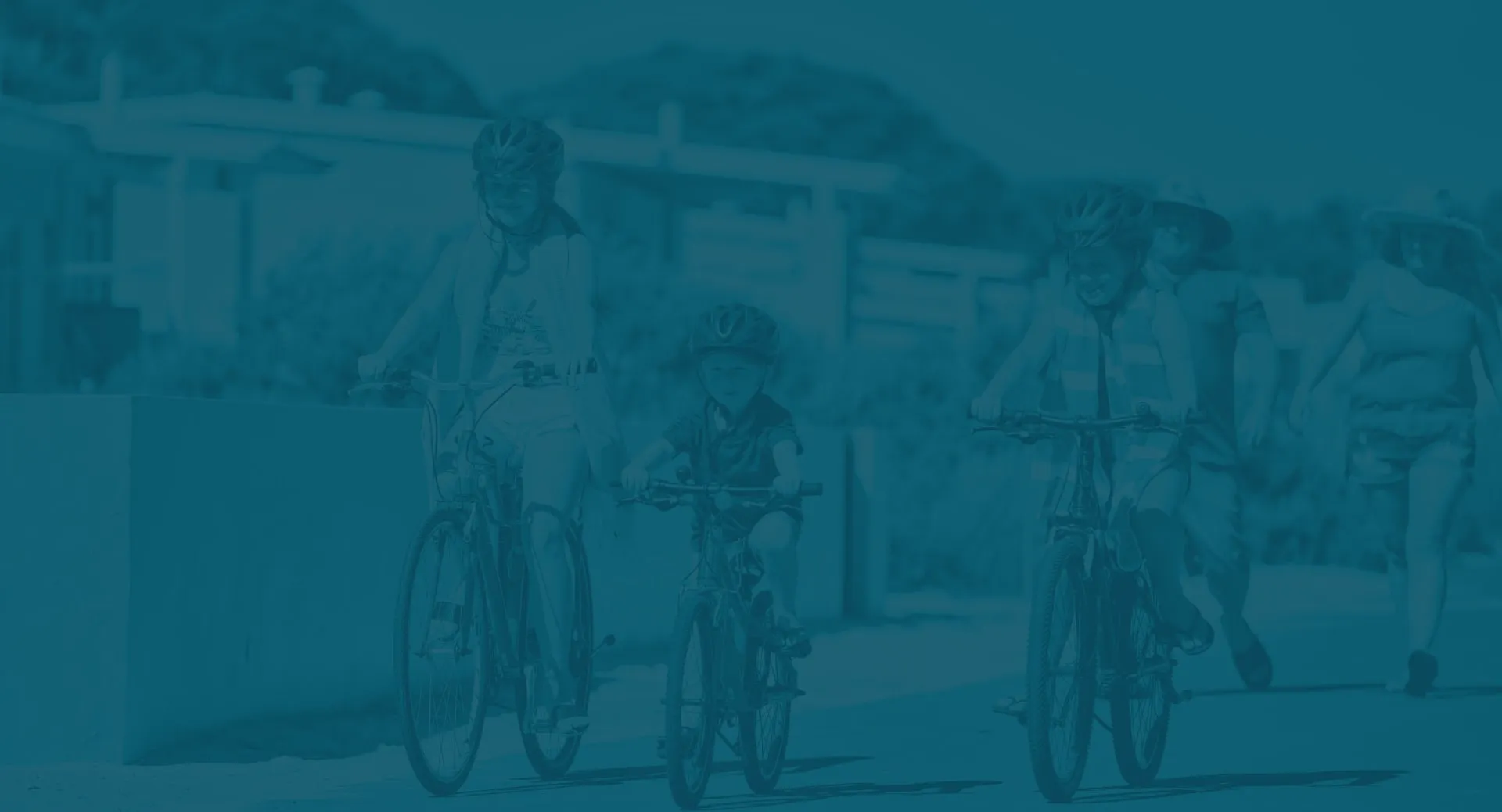

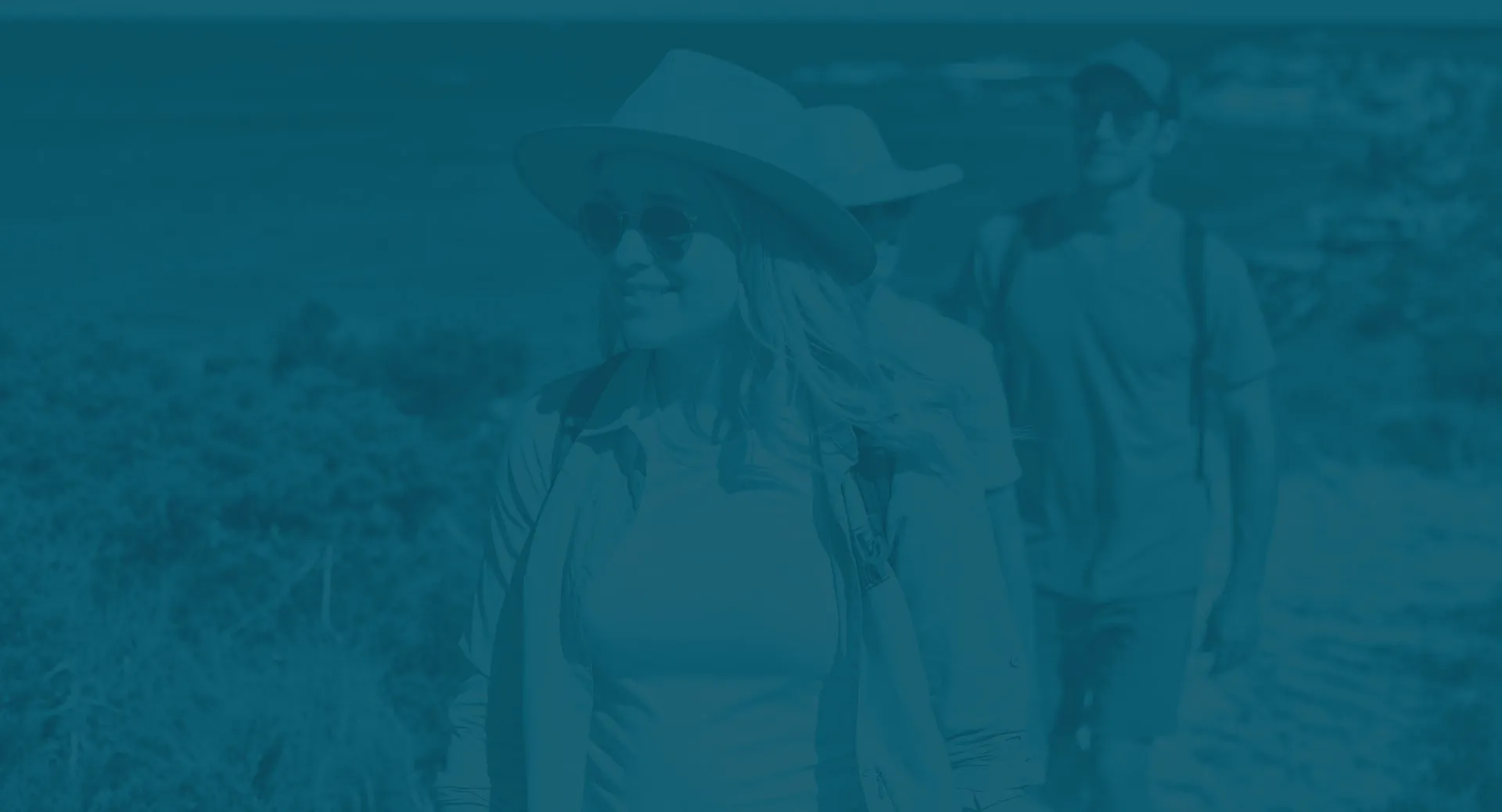
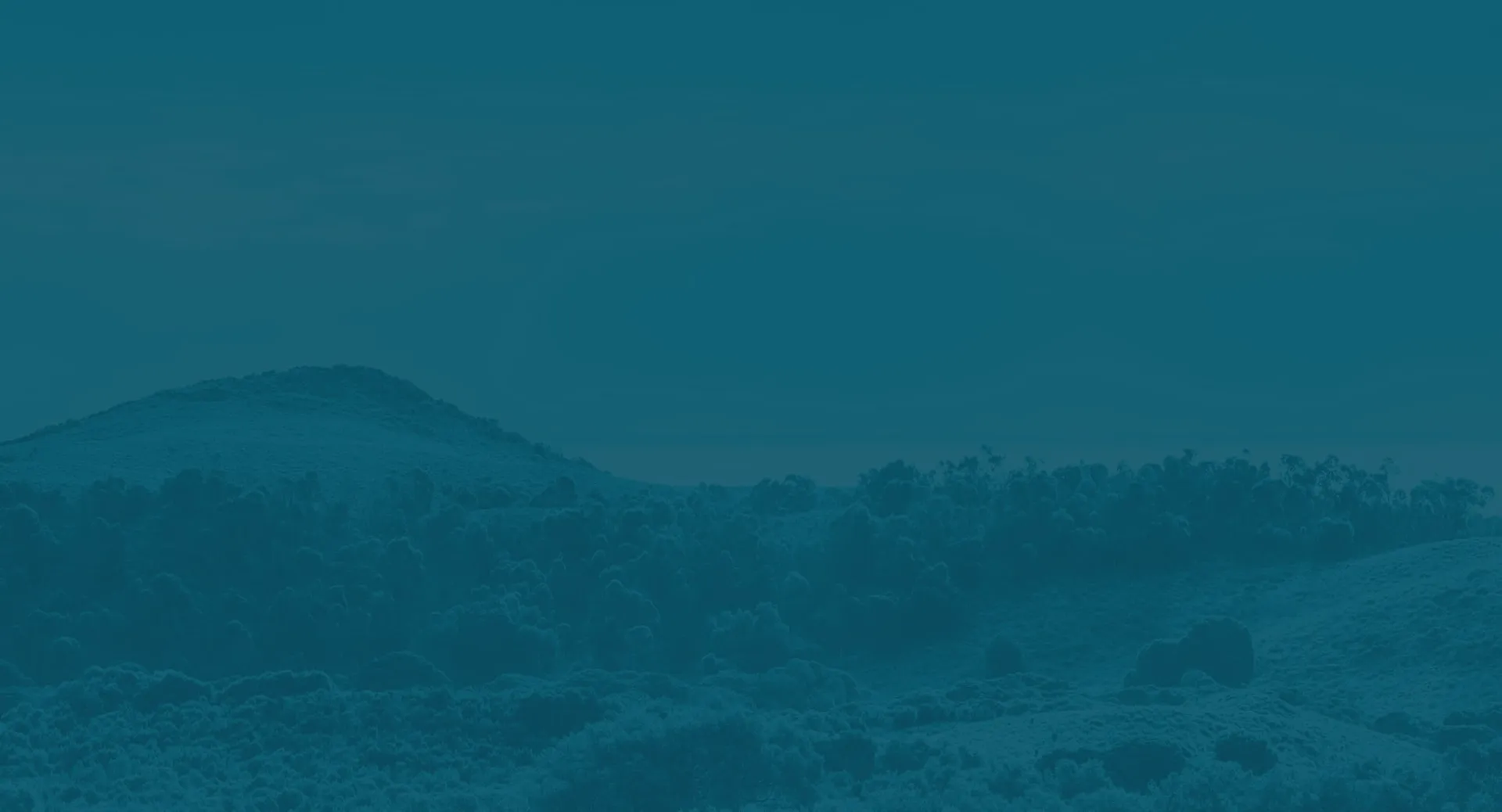

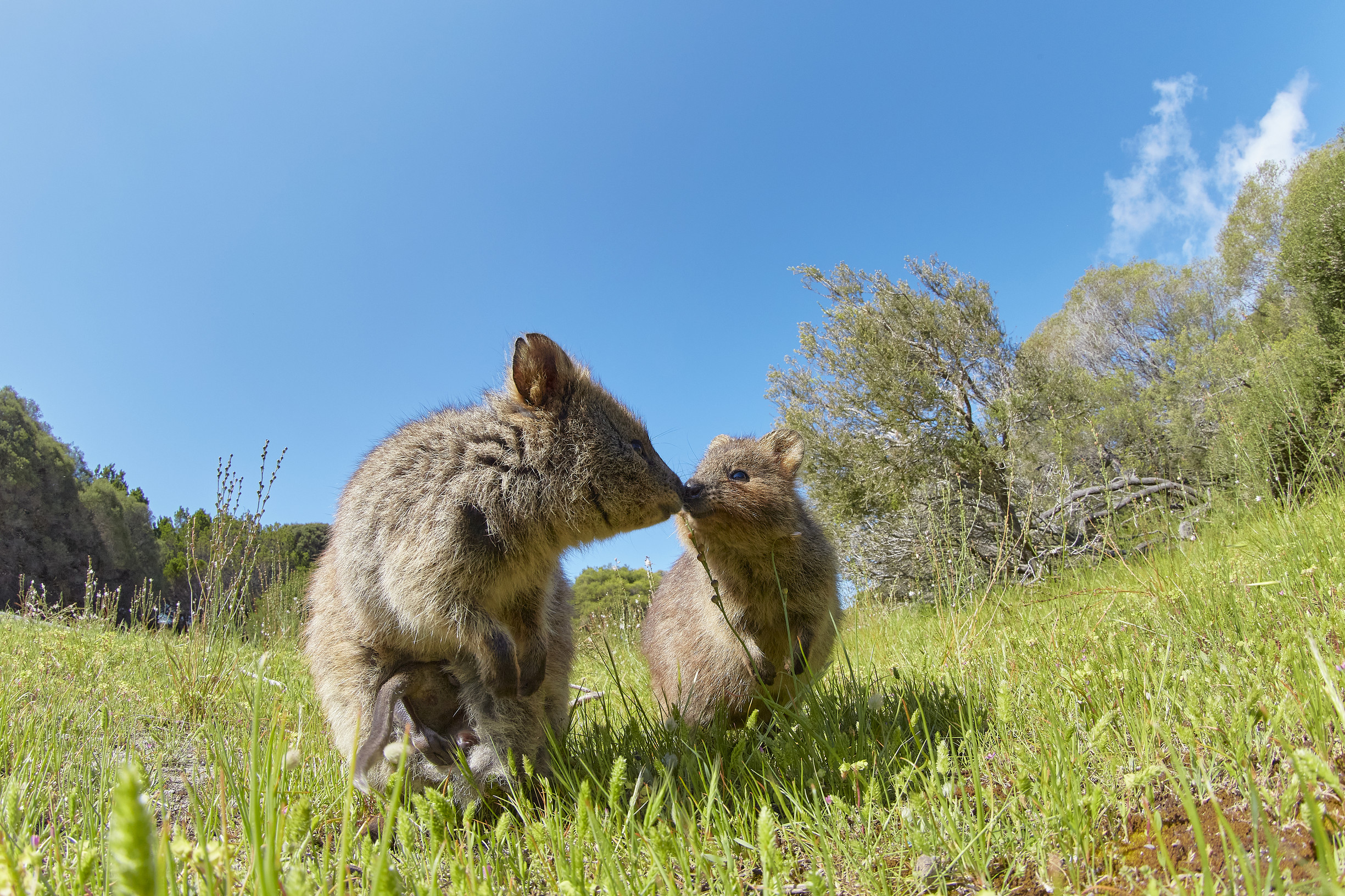
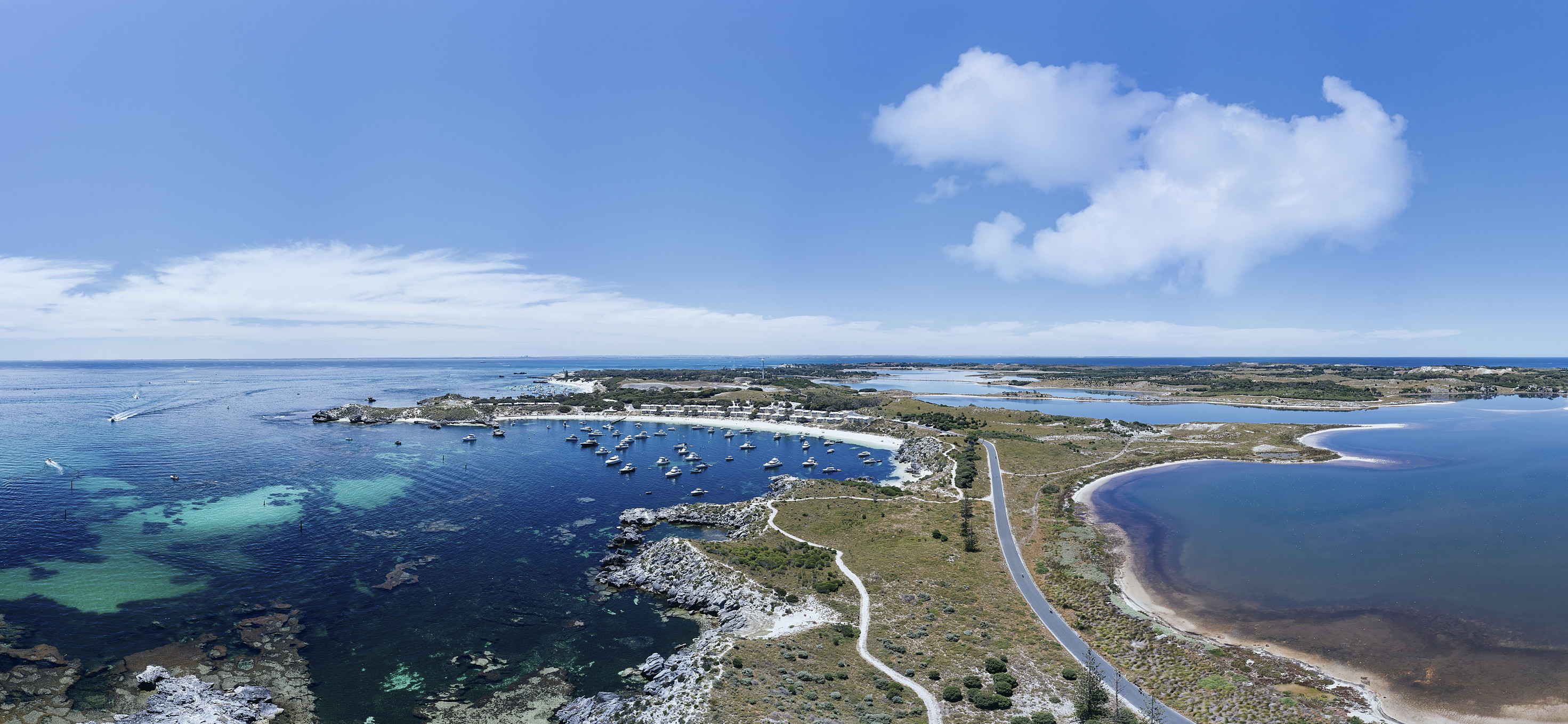
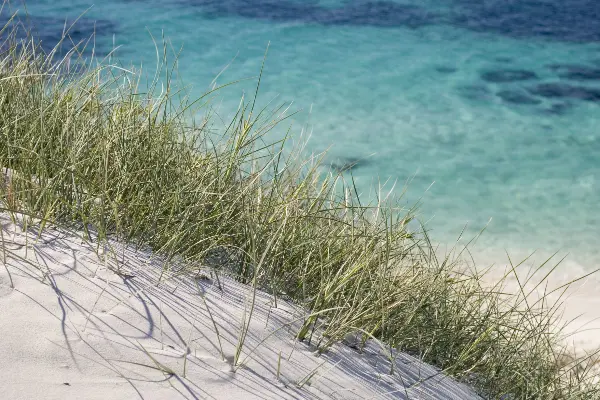
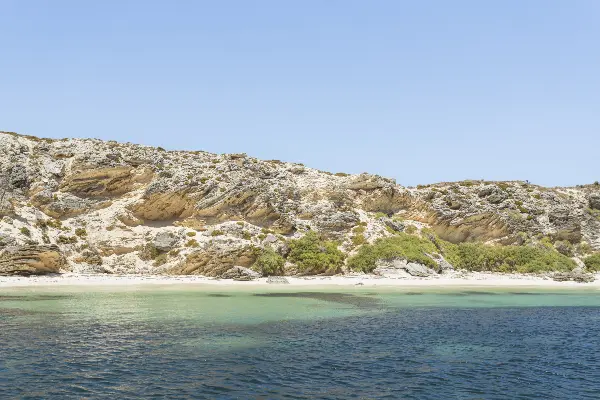
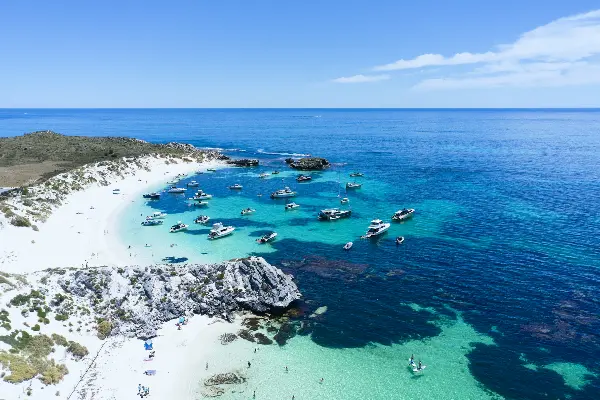
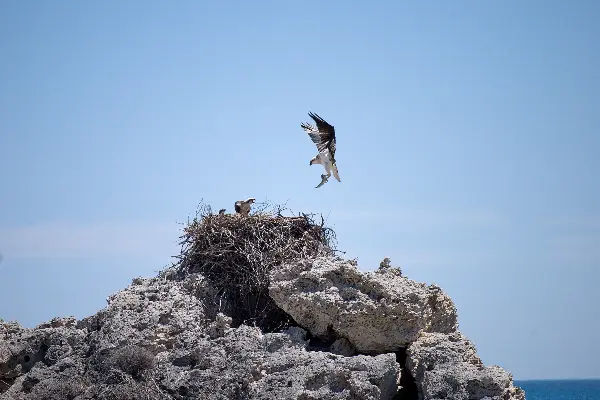
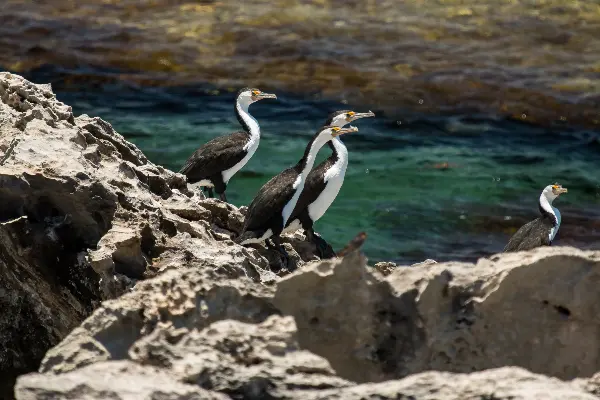
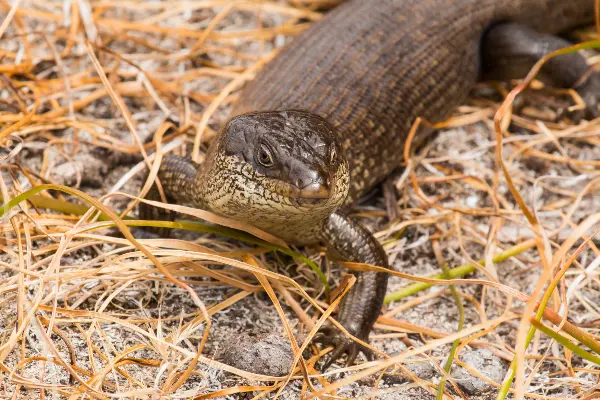
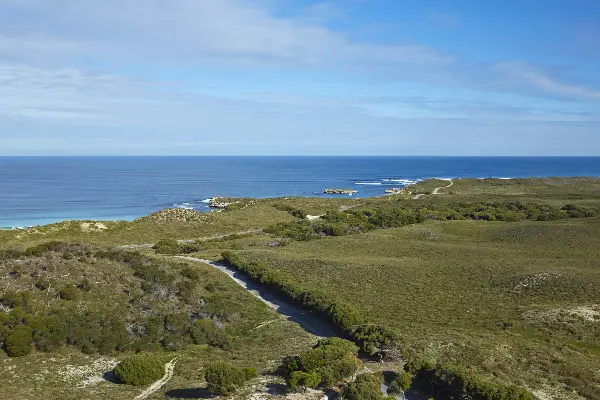
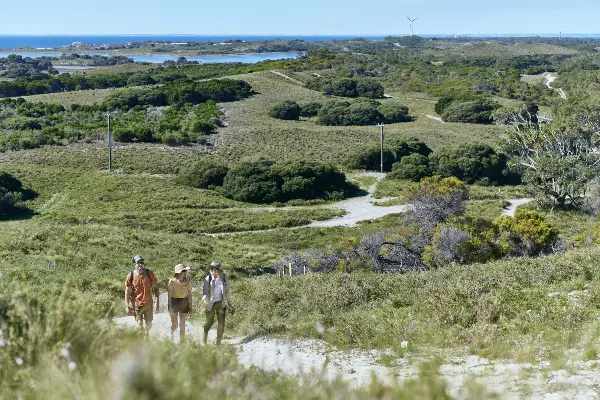
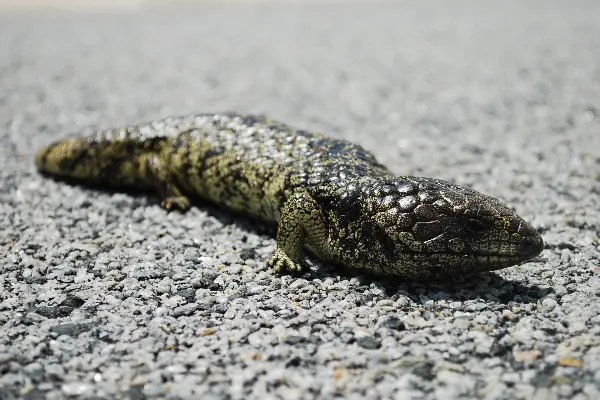
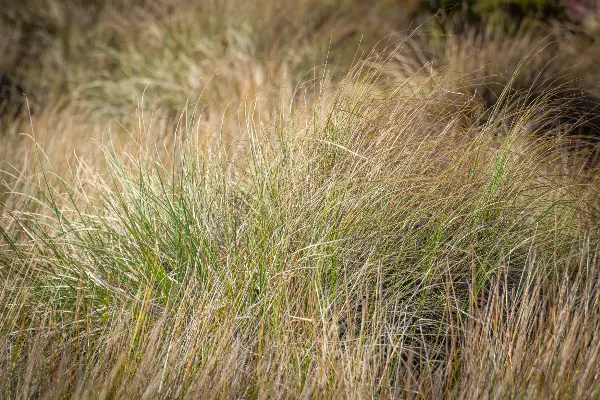
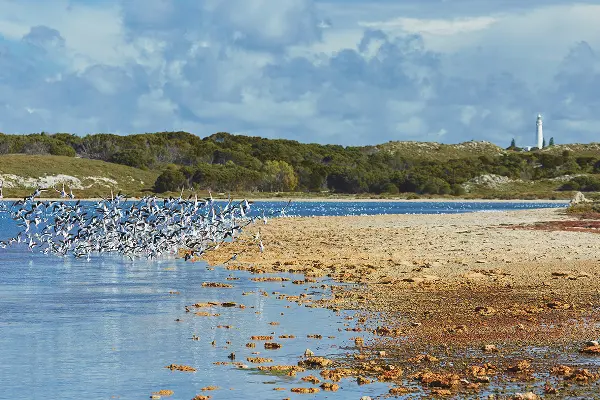
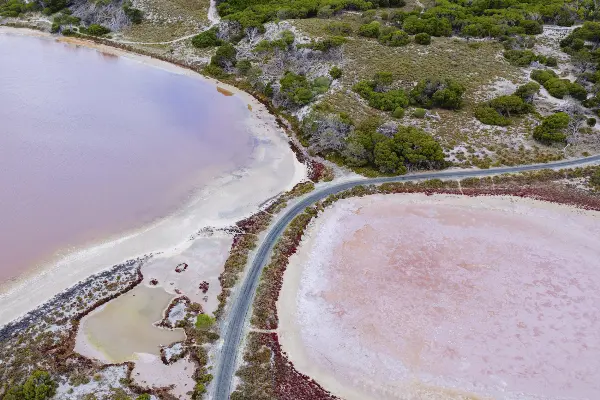
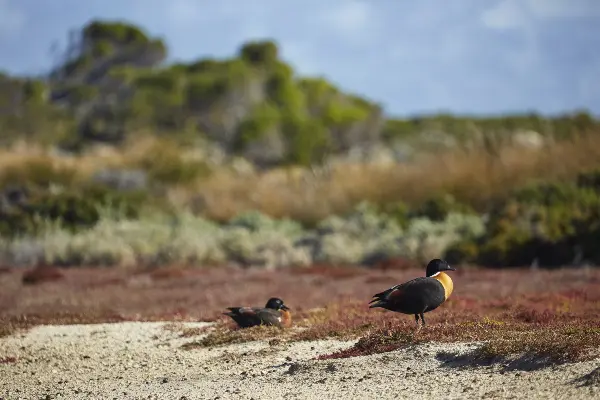
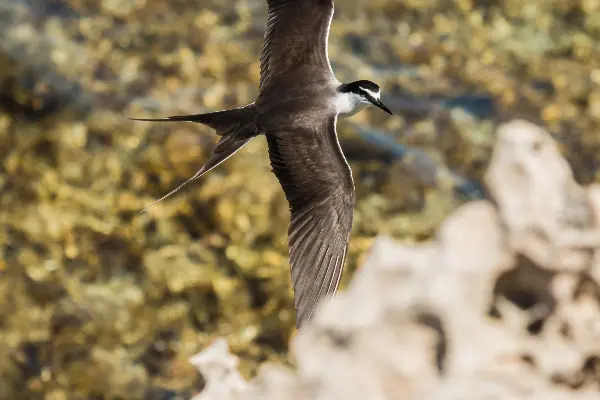
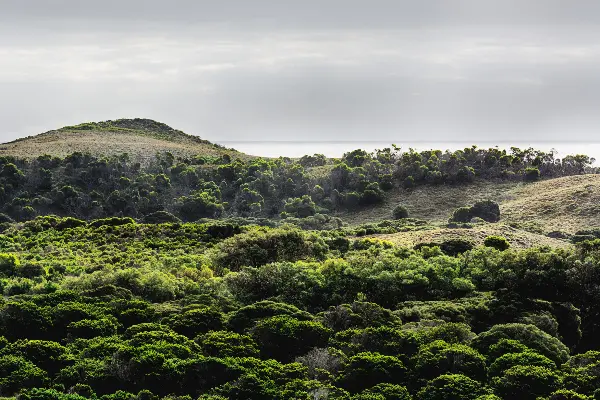
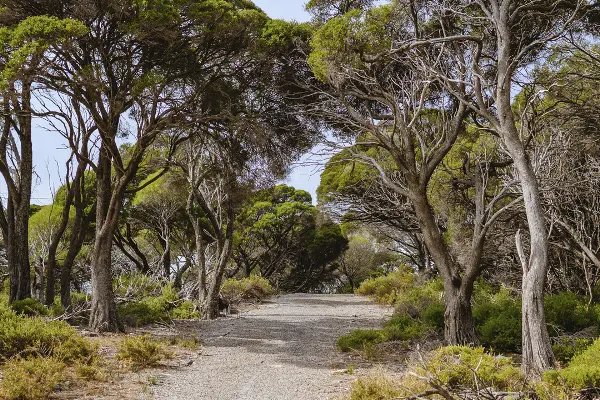
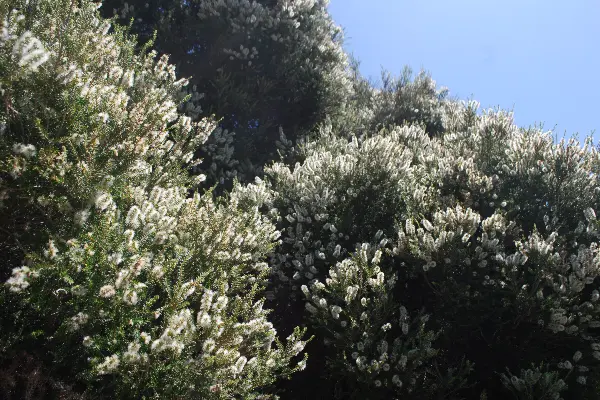
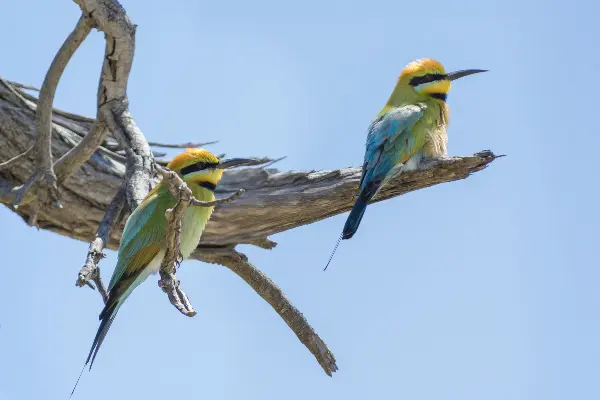
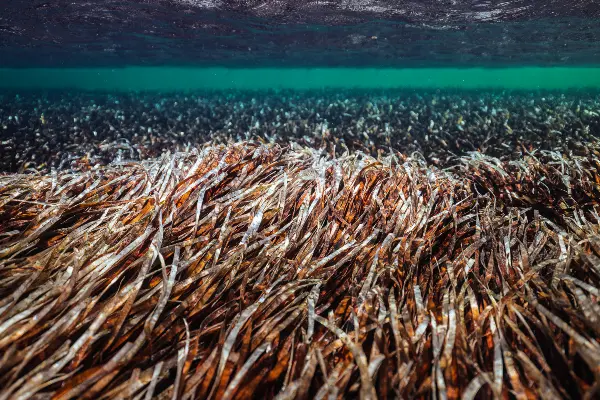
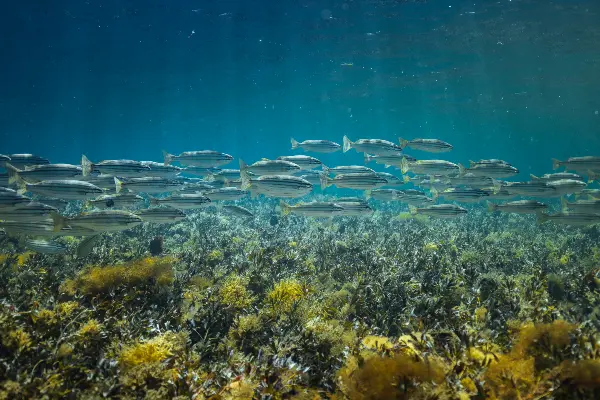
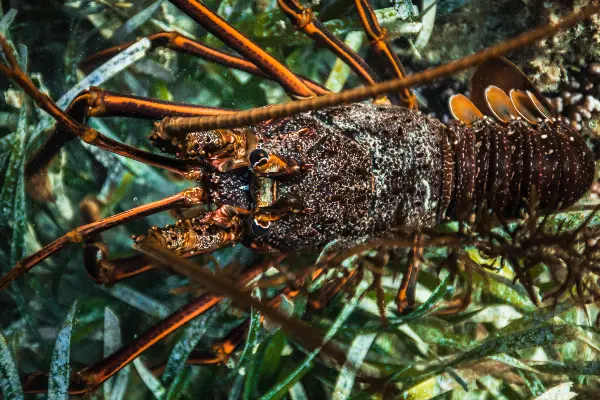
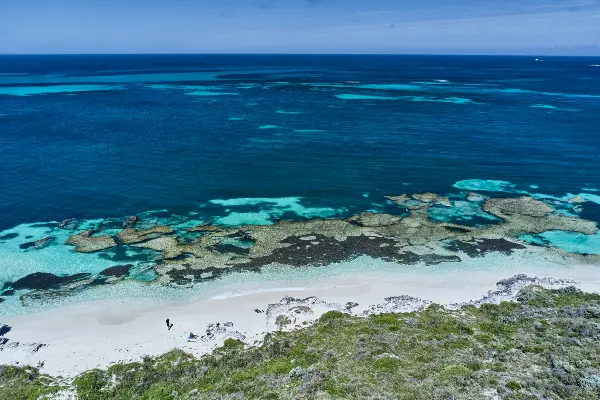
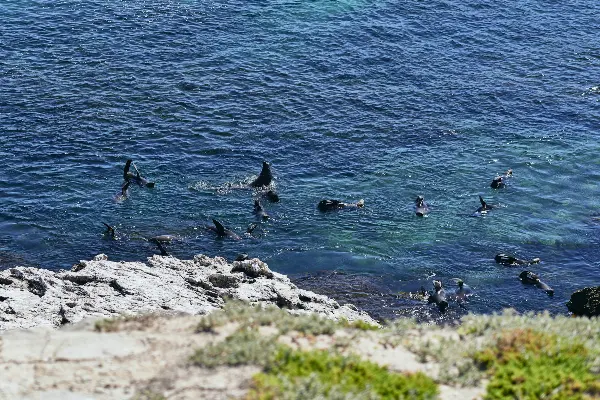
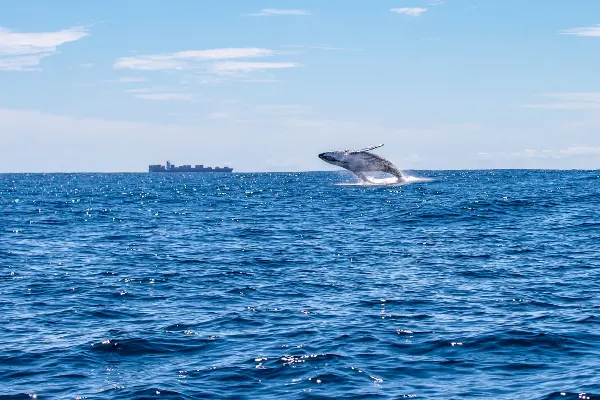
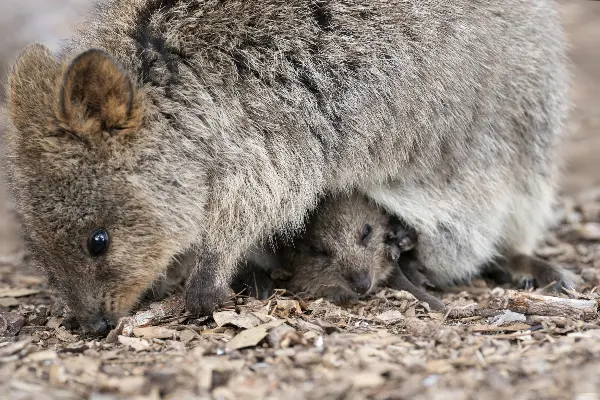
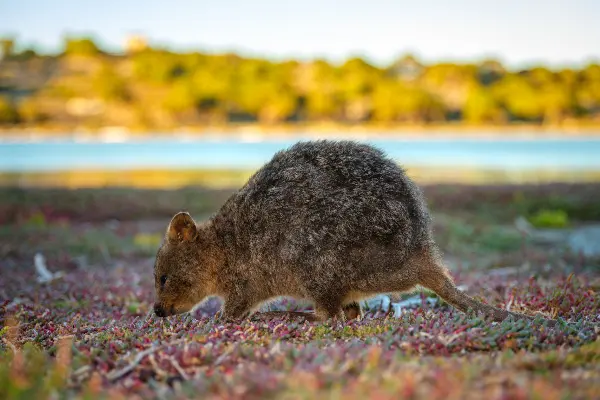
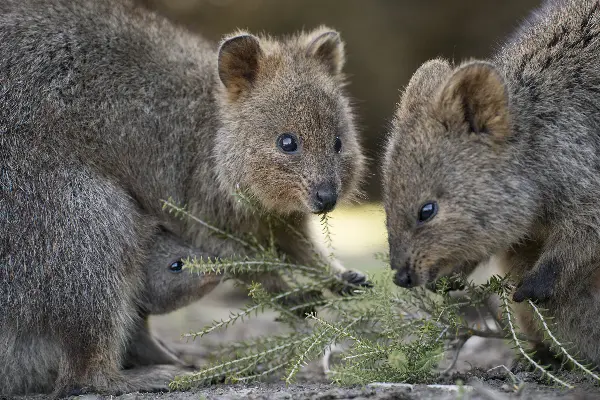
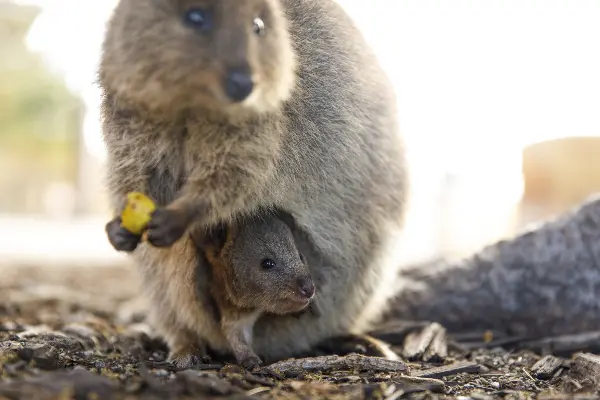
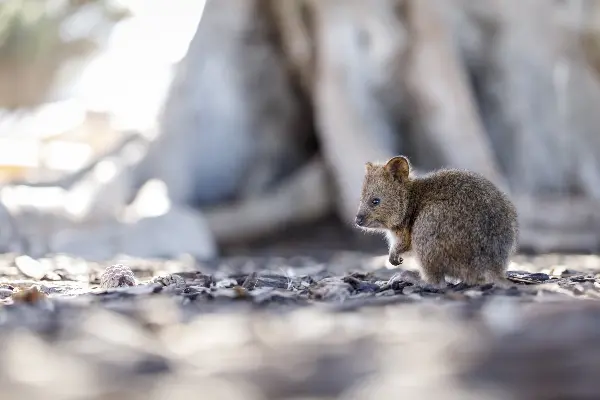
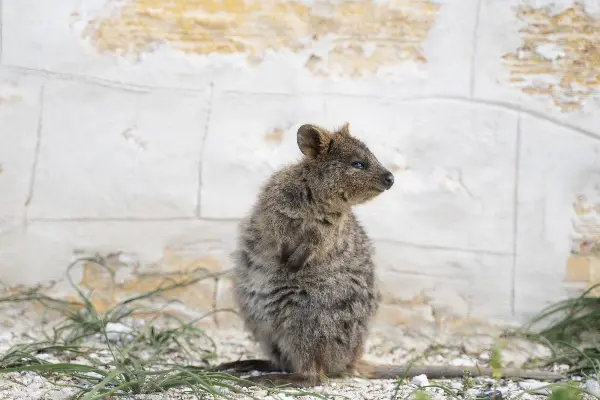
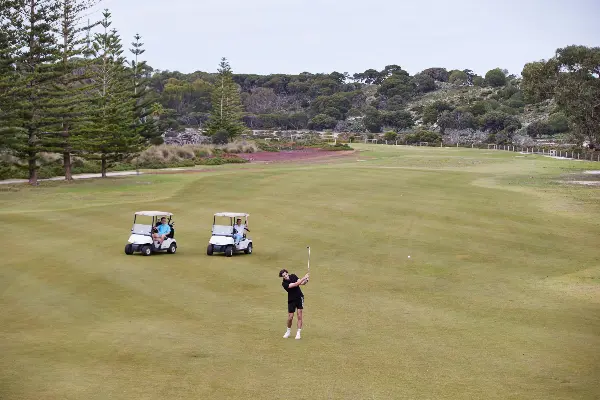
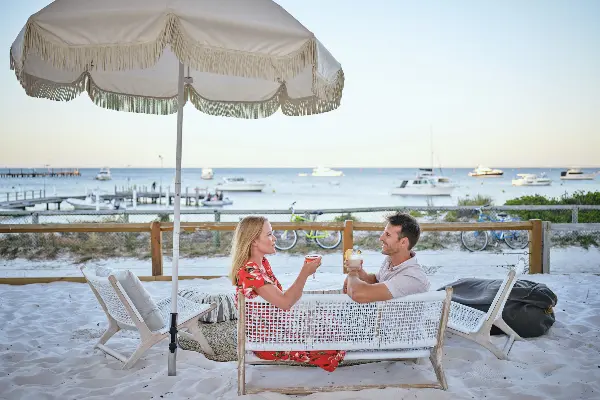
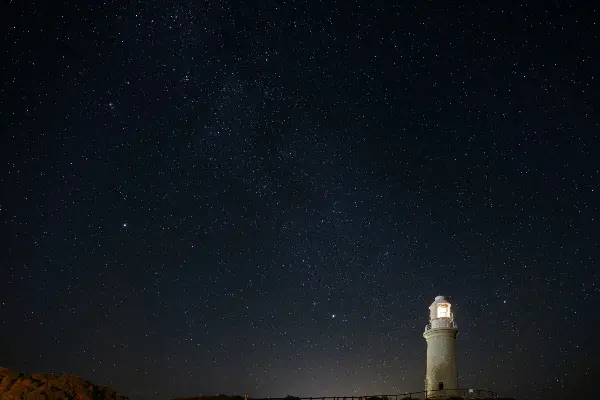
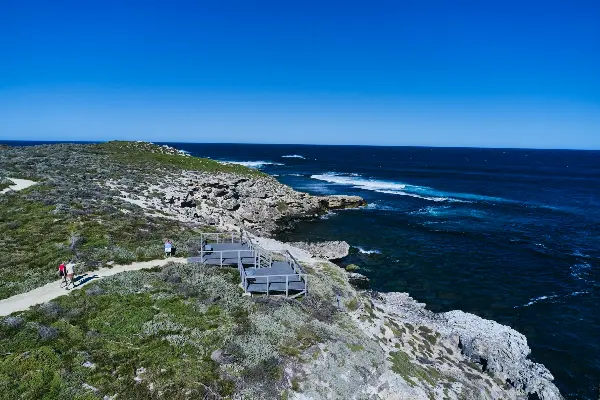
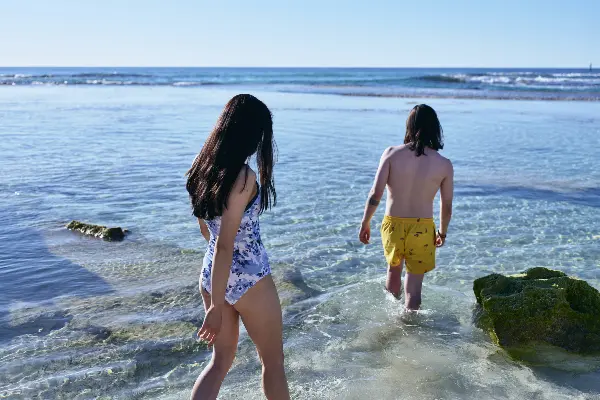
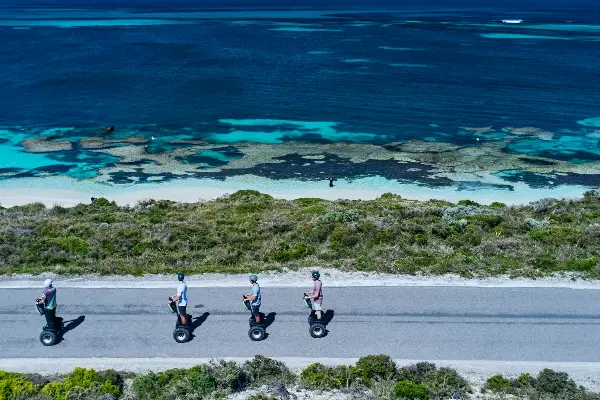
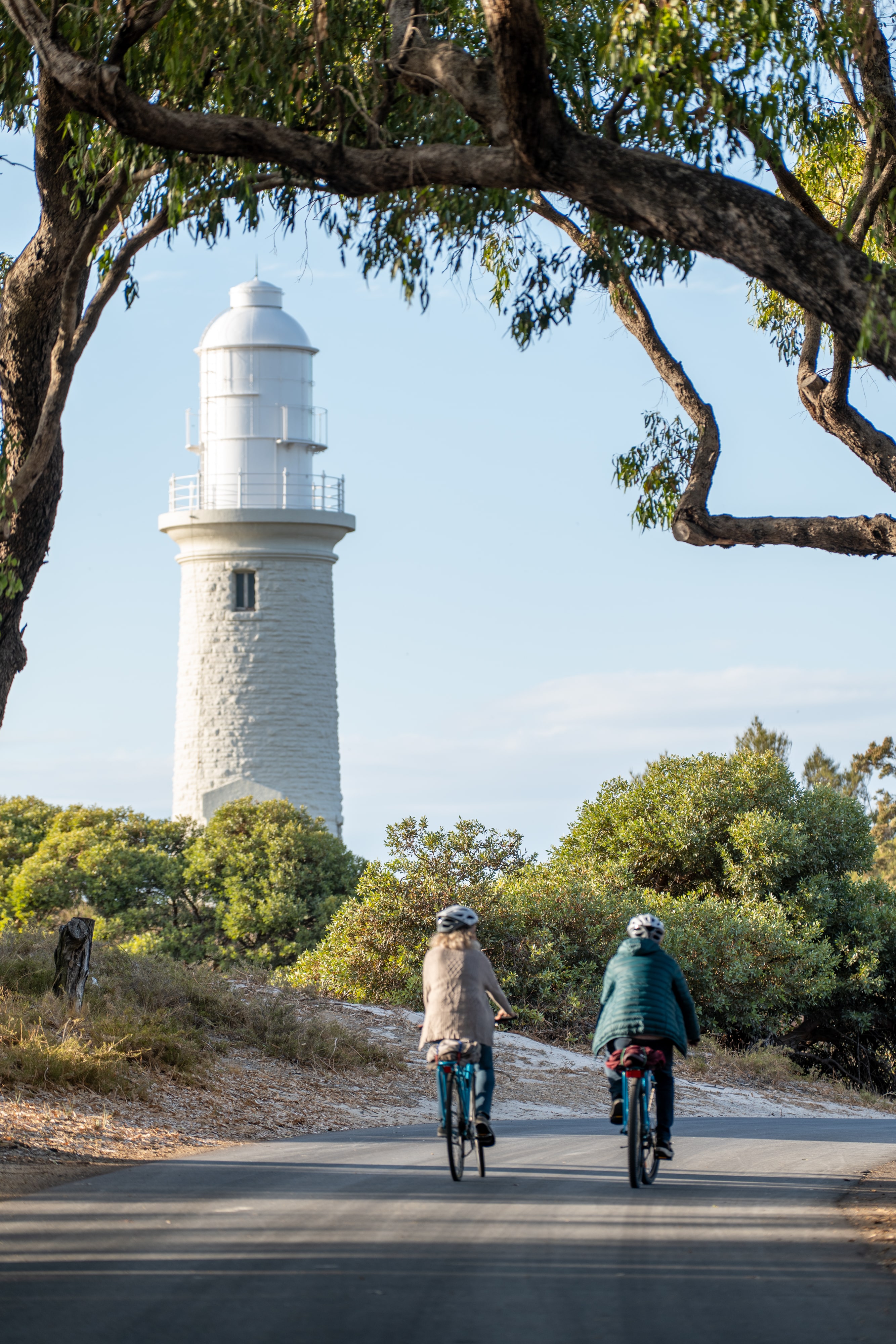
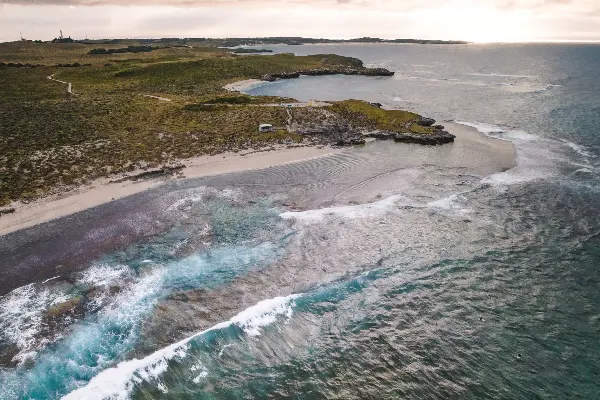
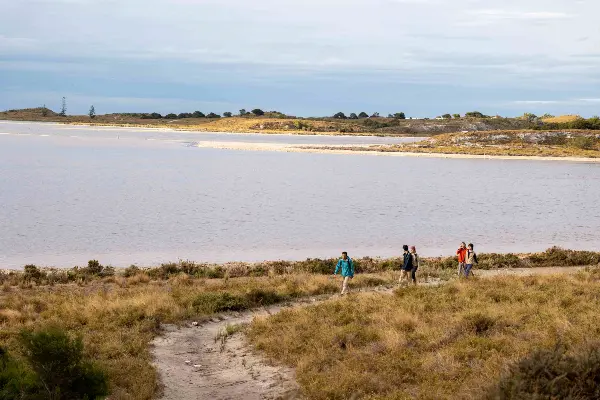
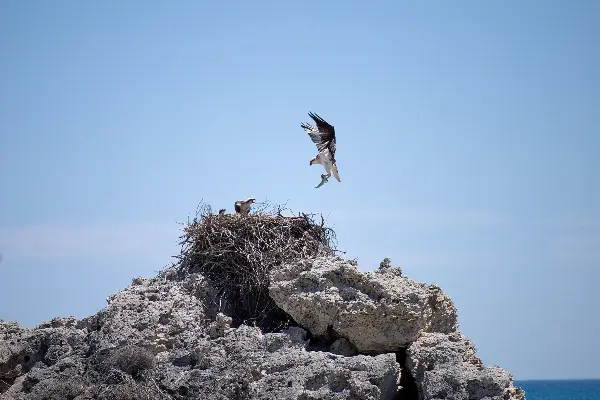
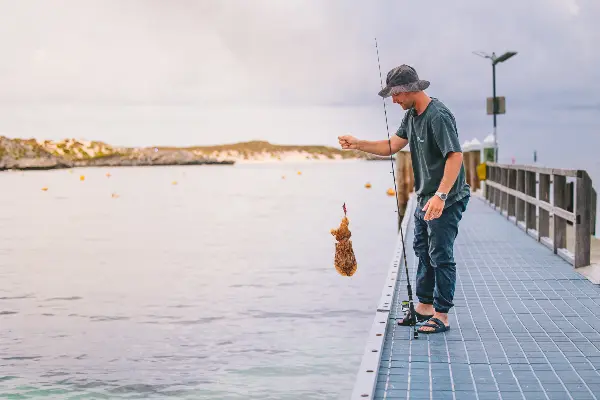
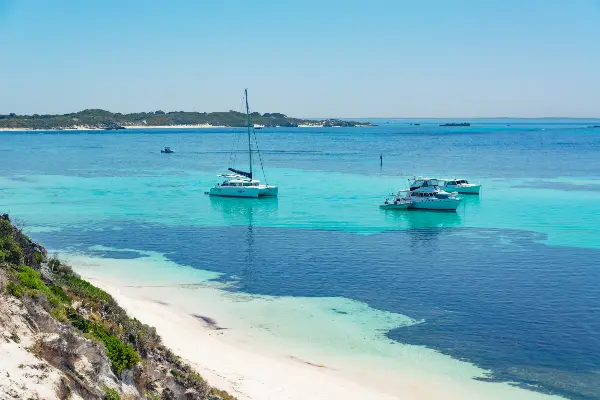
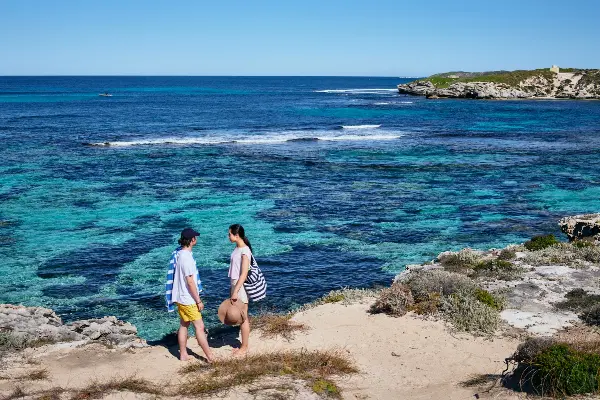
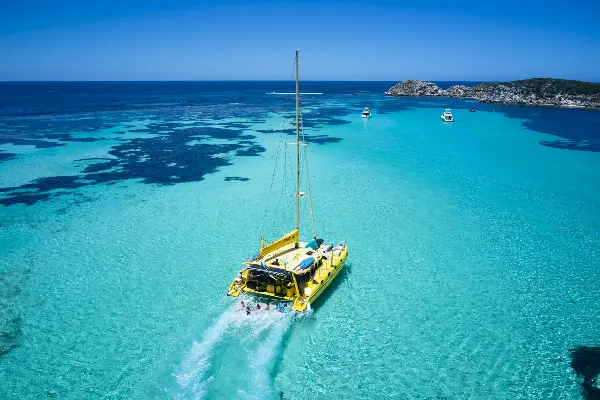

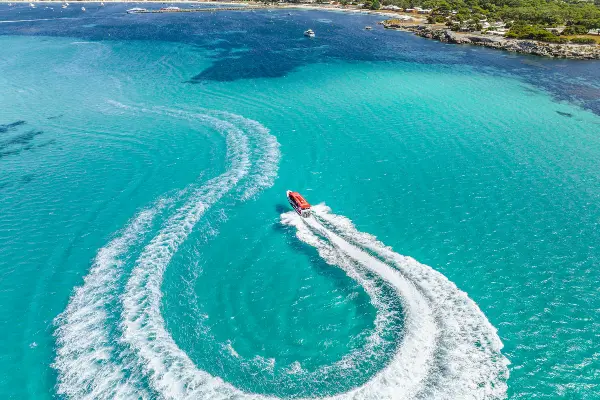
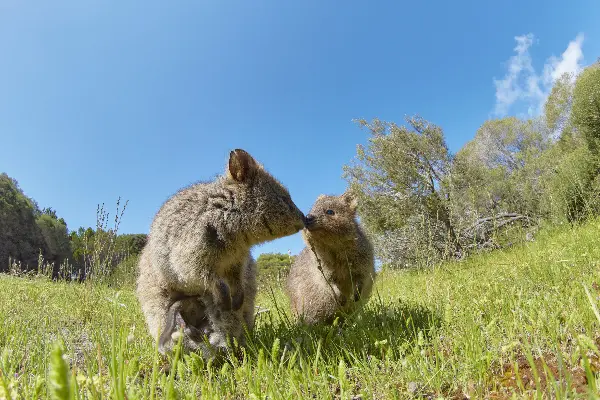
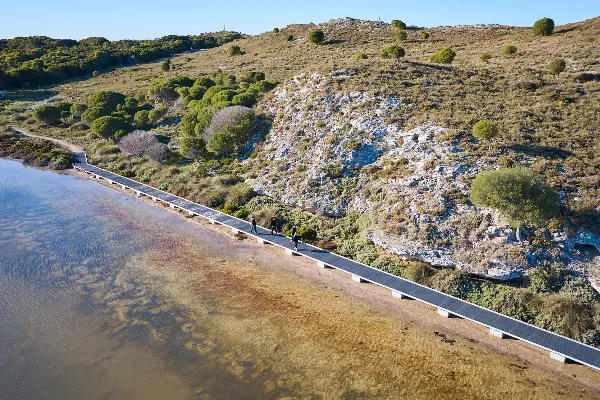
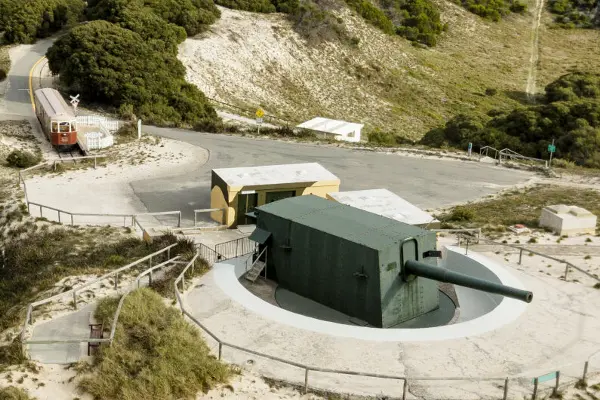
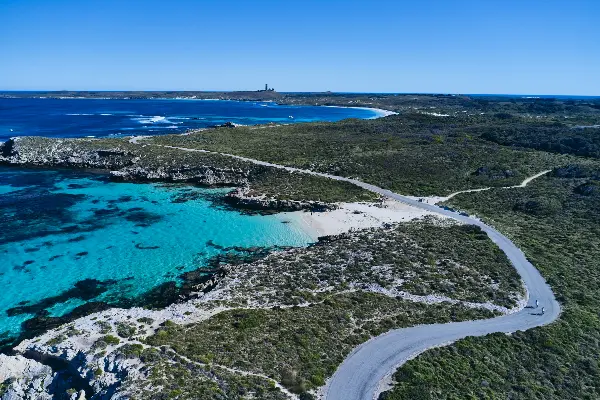
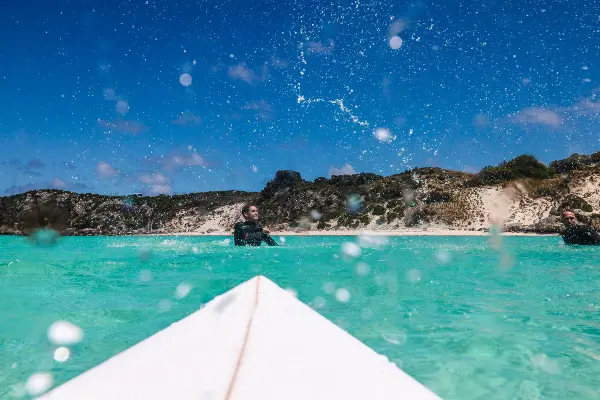
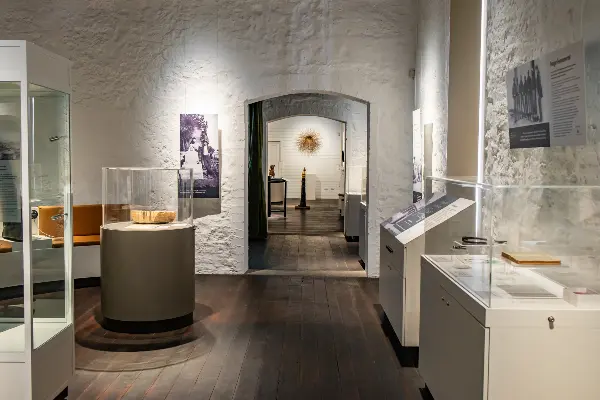
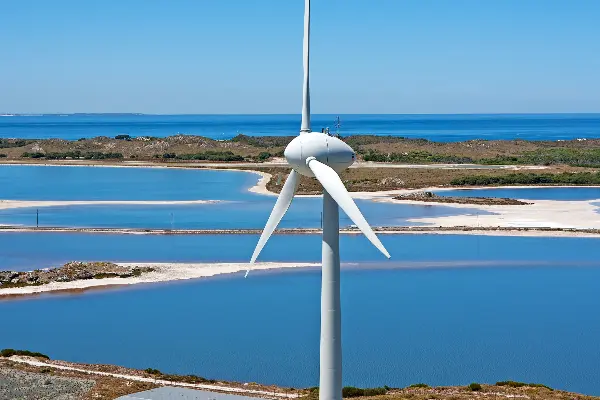
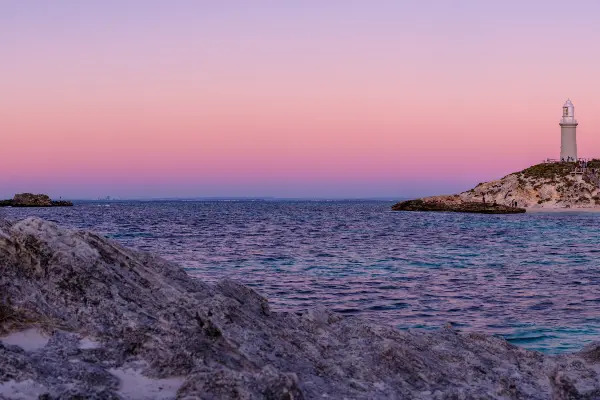
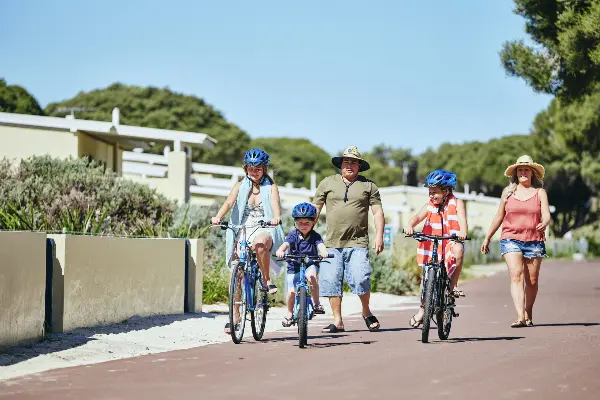
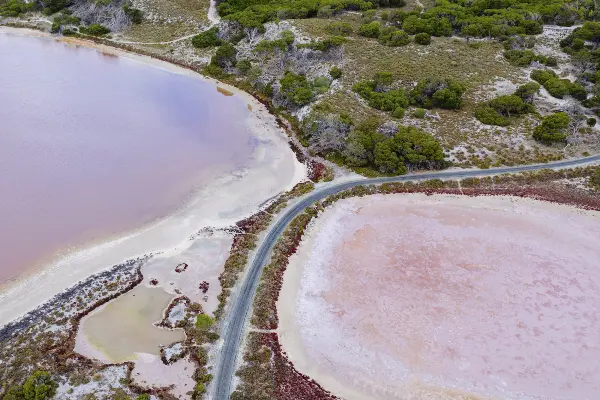
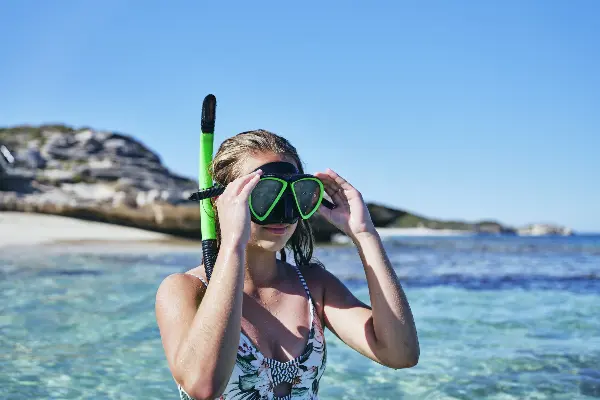
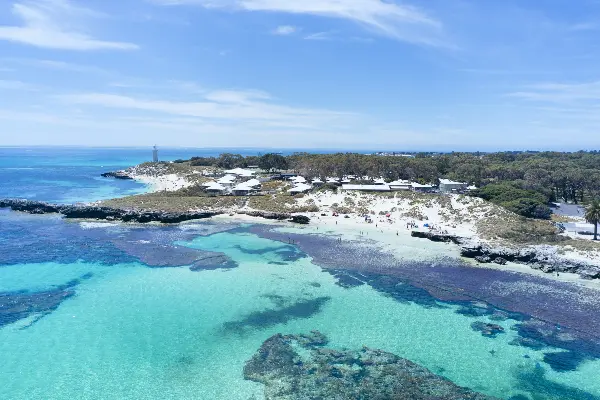
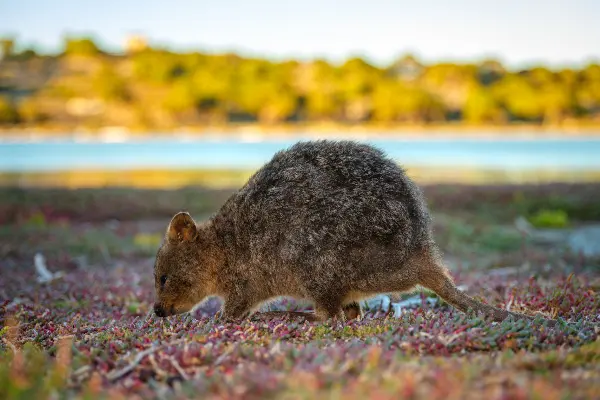
.tmb-fallback.webp?Culture=en&sfvrsn=7e1cefe5_1)
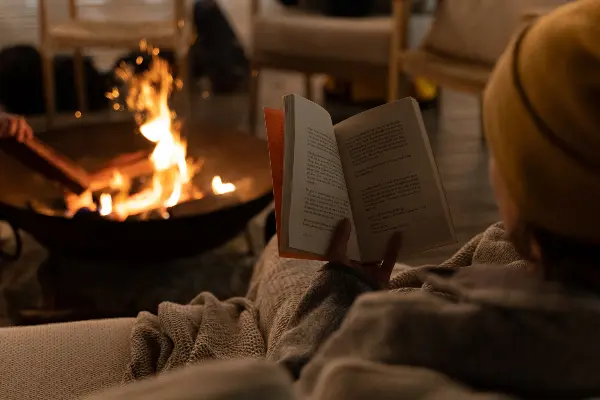
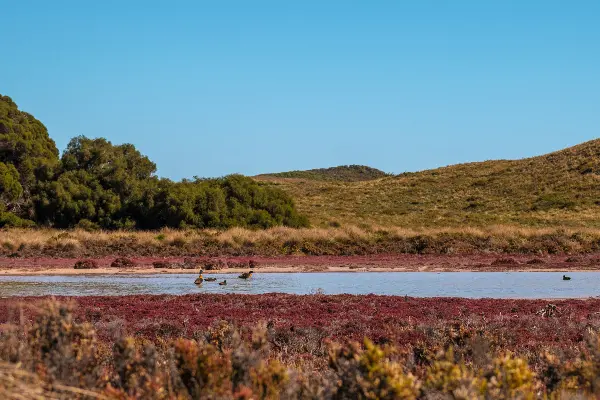
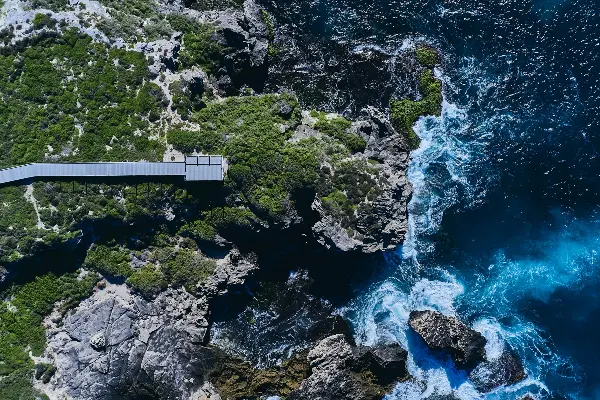
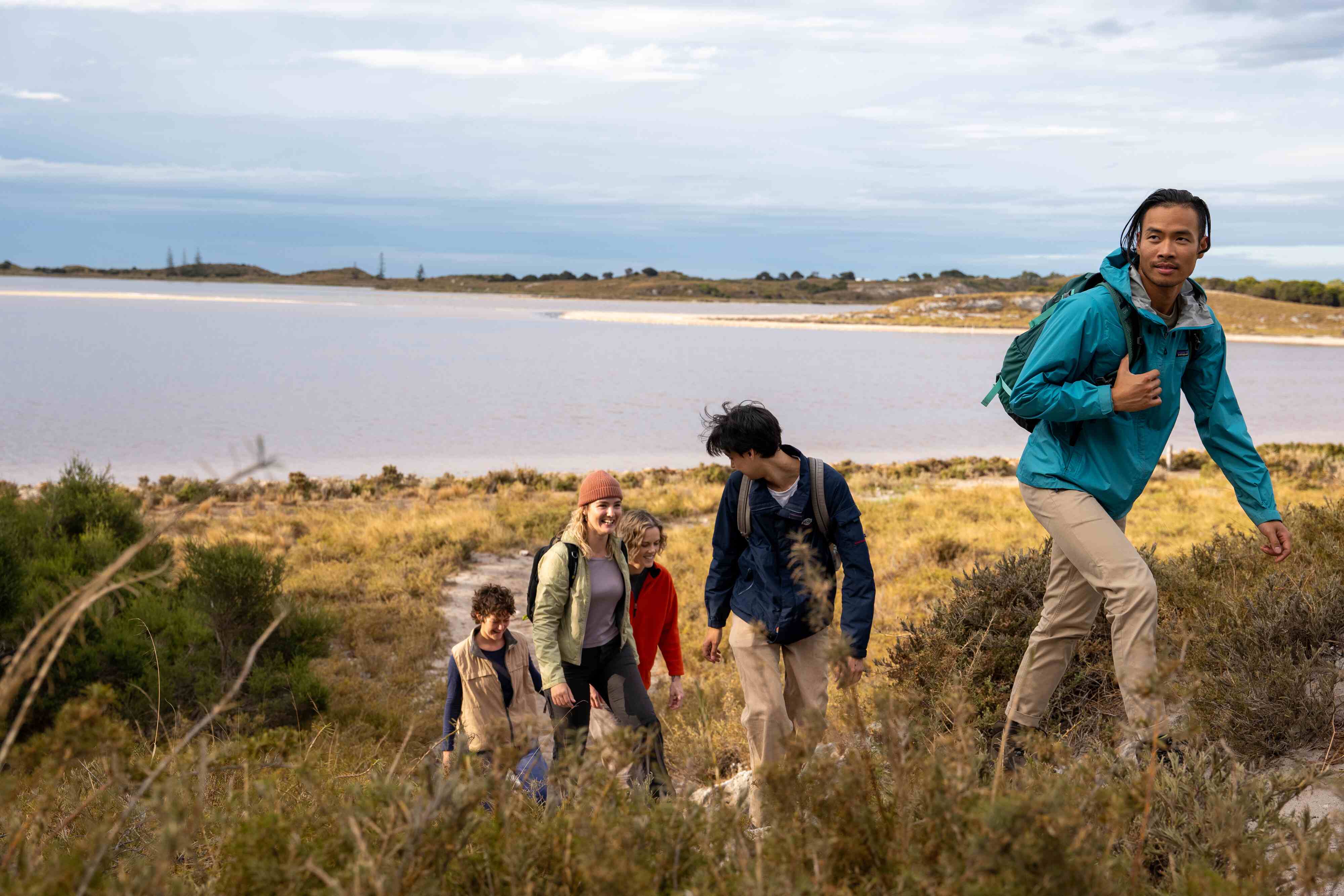
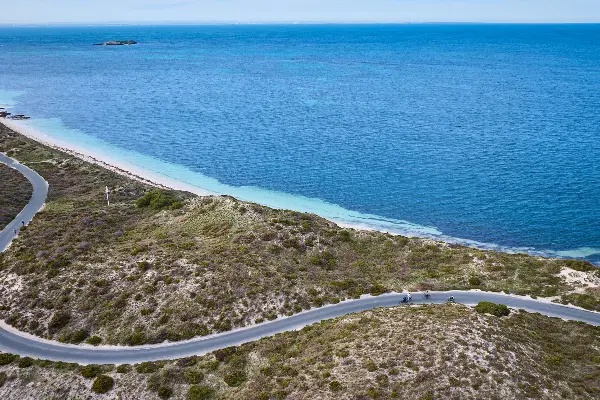
.tmb-fallback.webp?Culture=en&sfvrsn=aef6f714_1)
